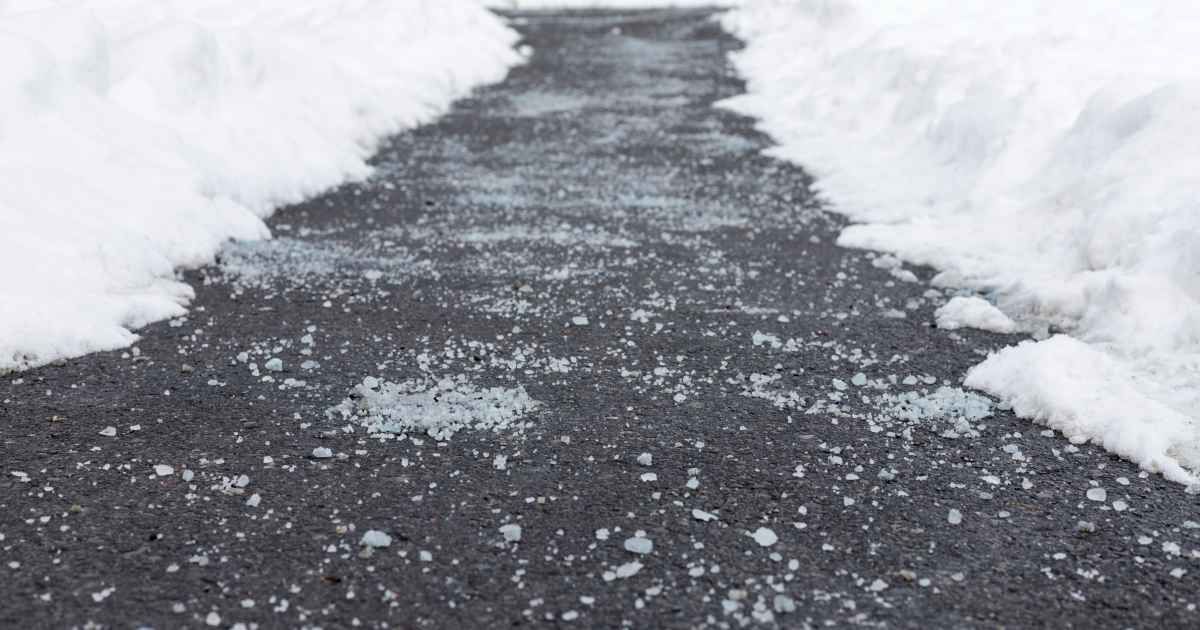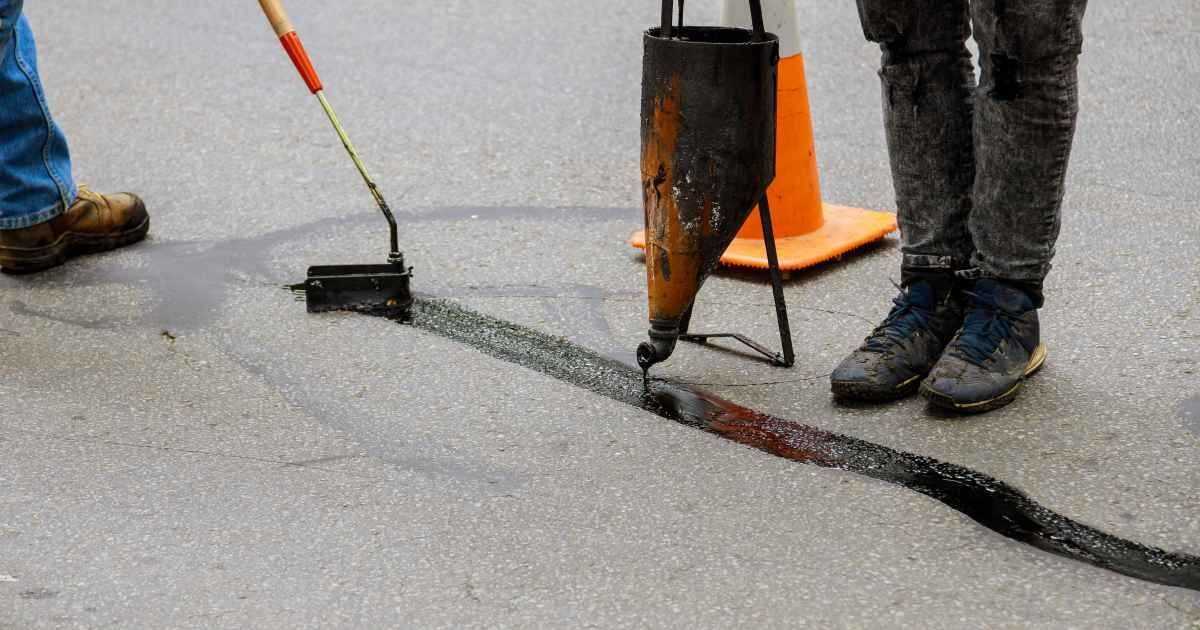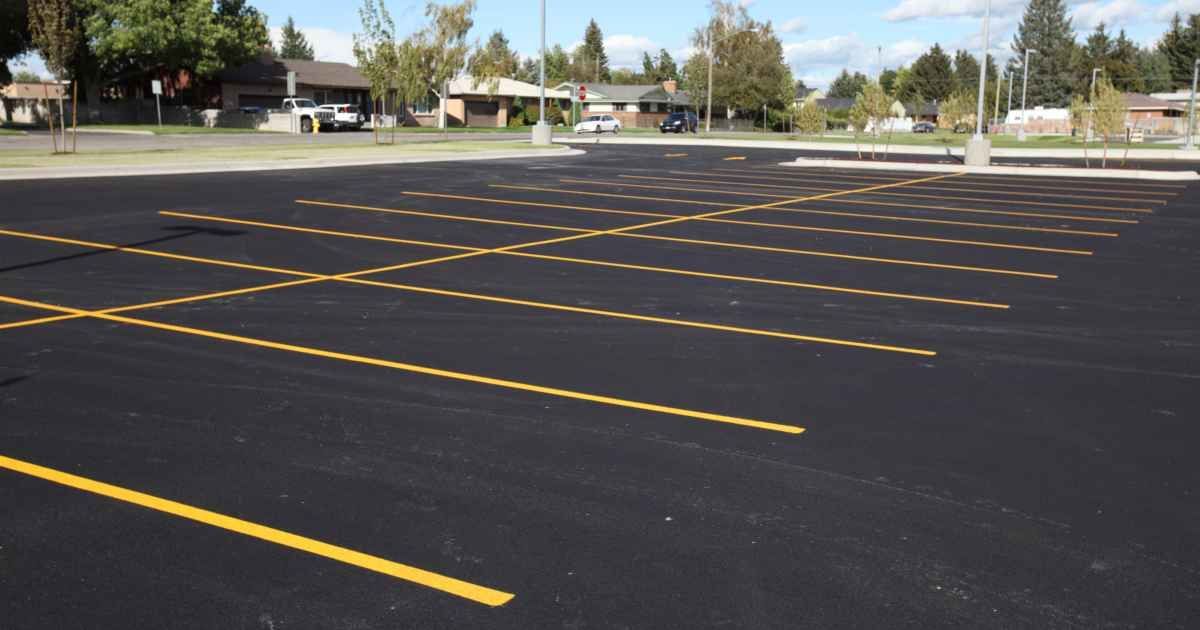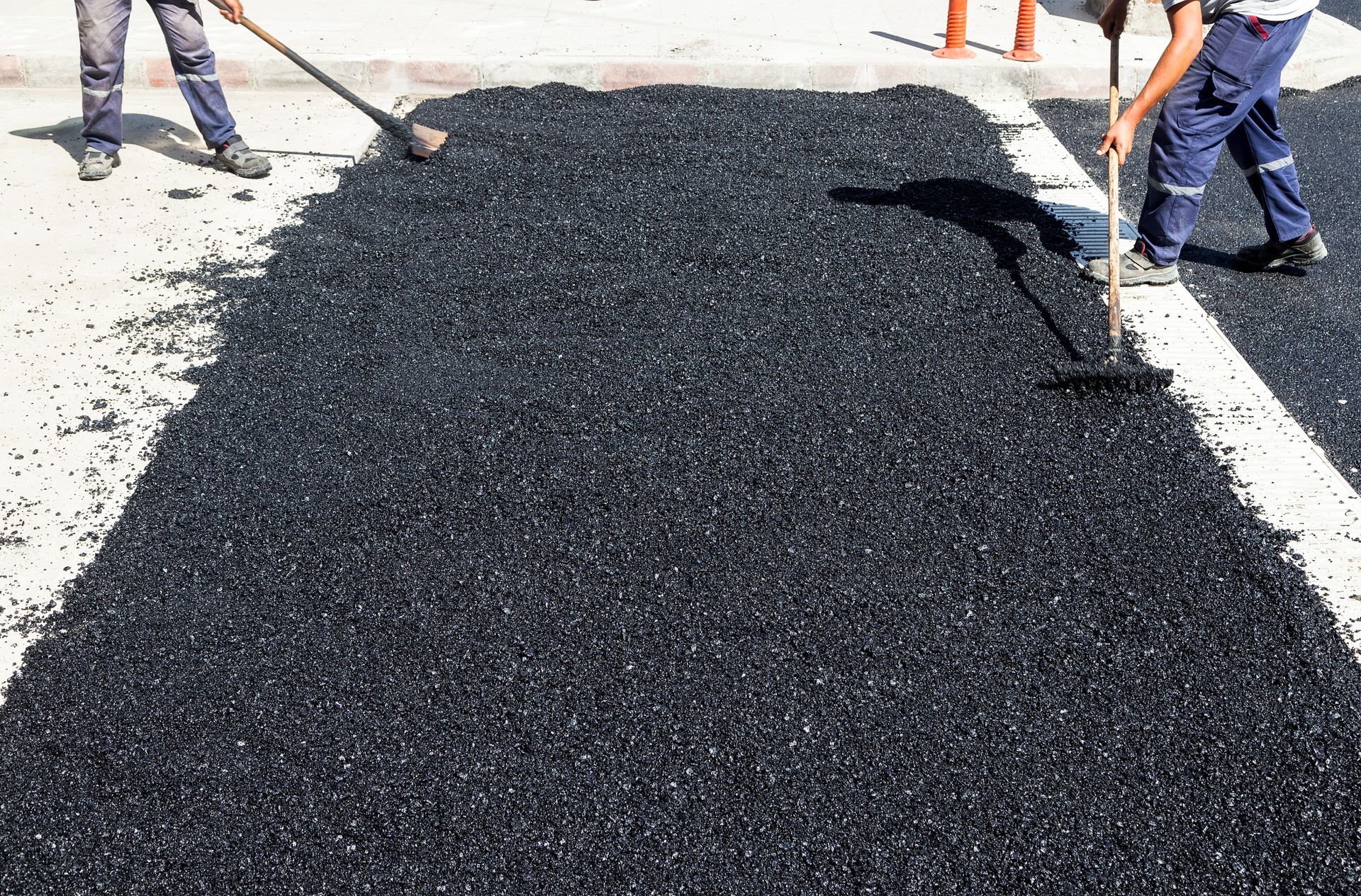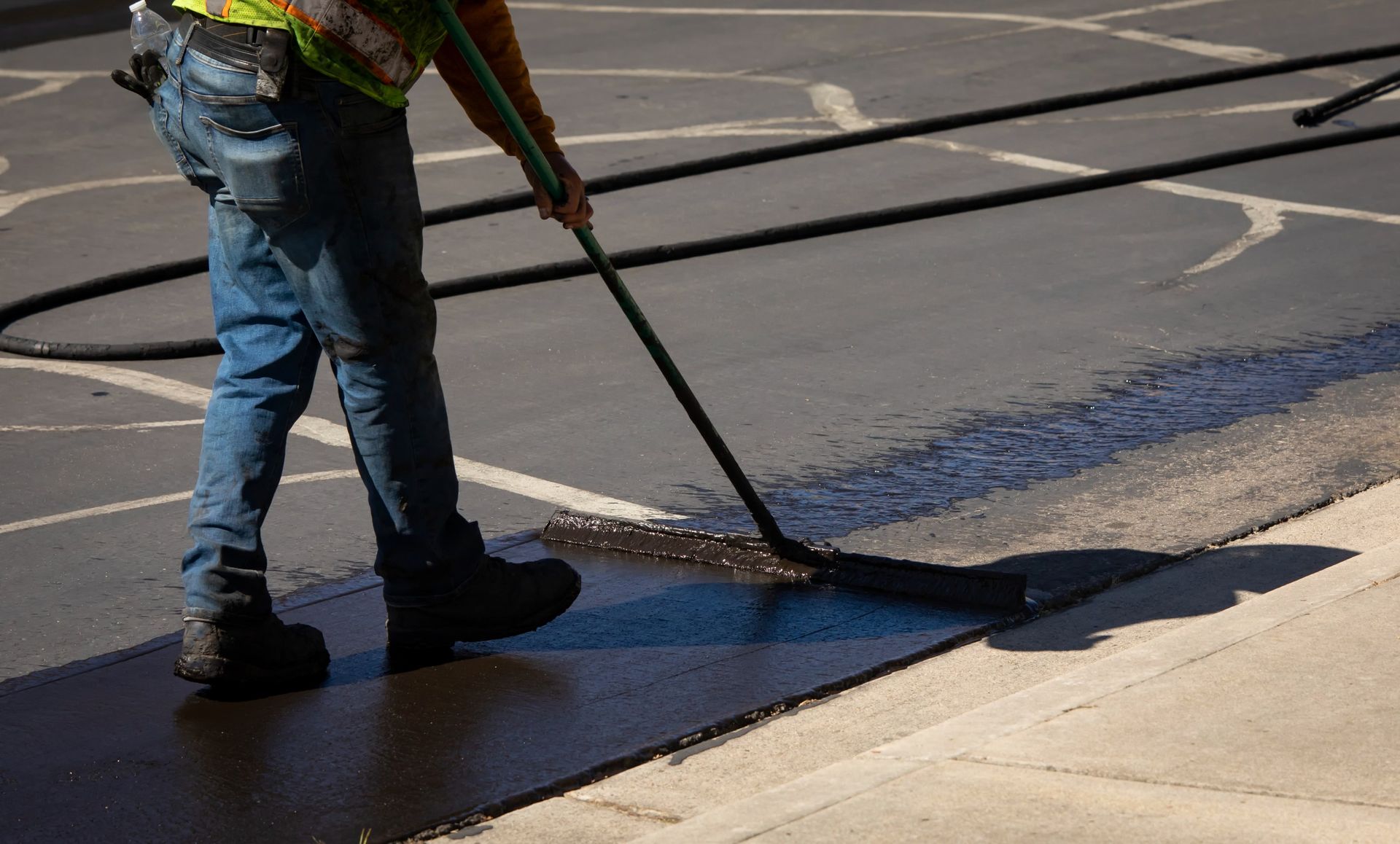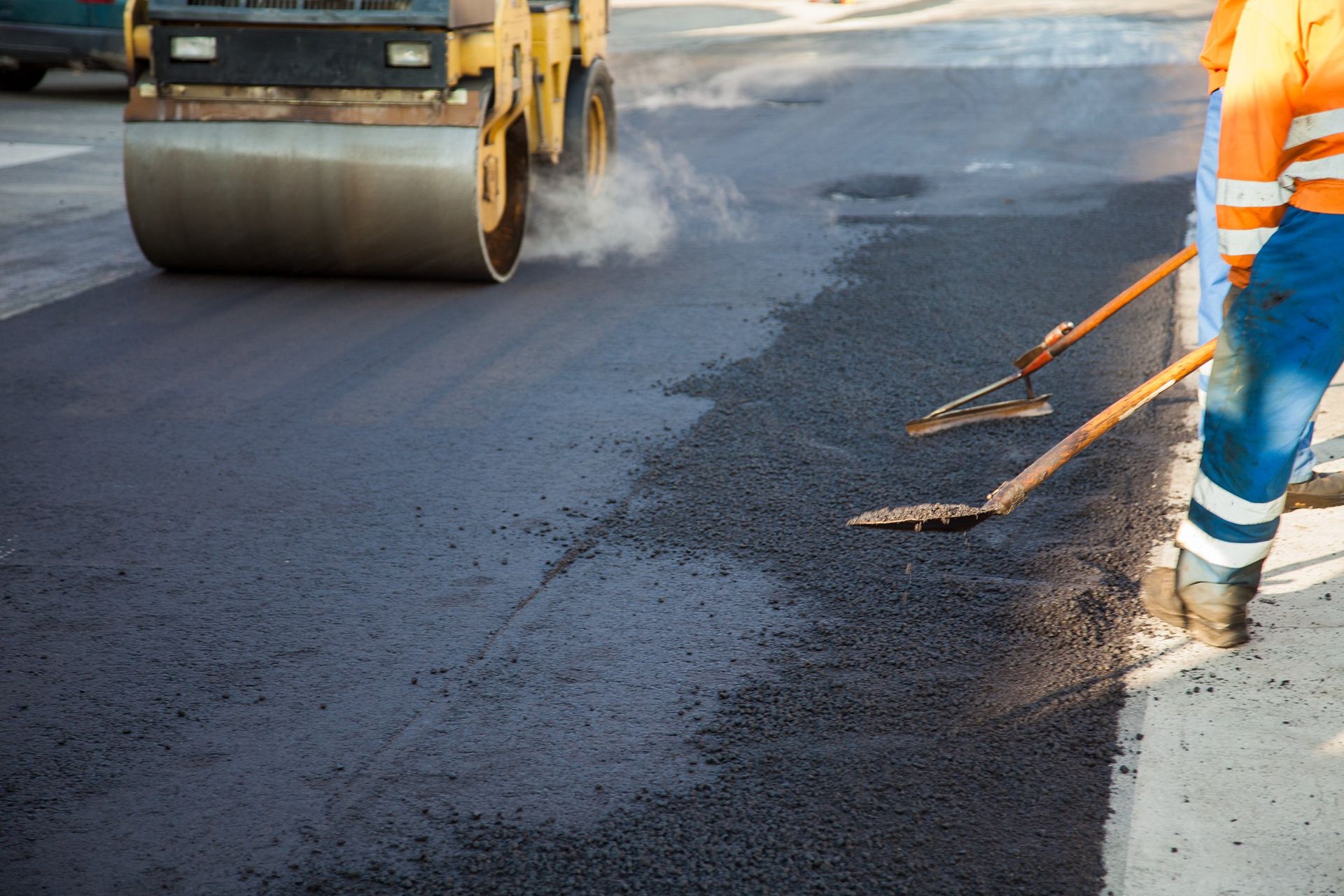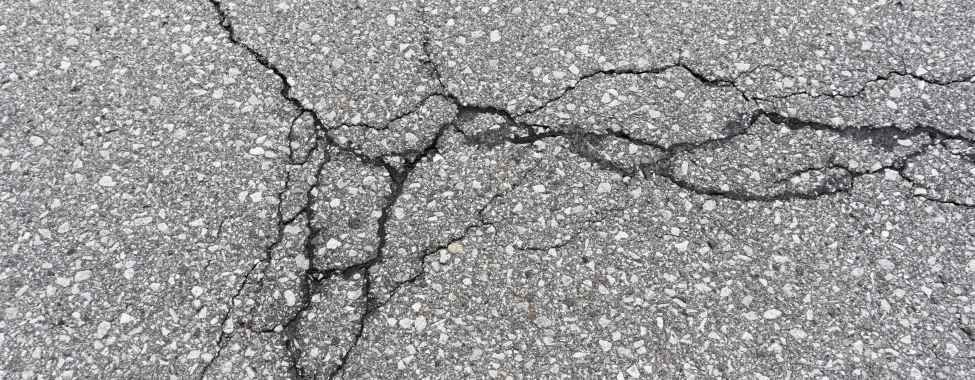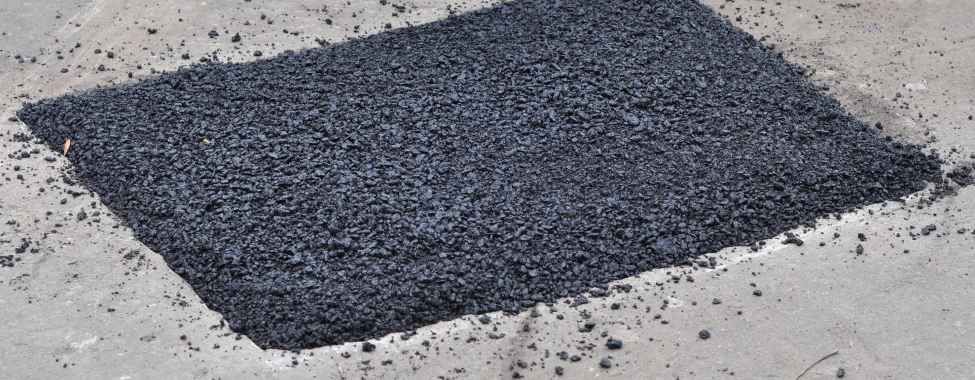How Weather Affects Asphalt Paving: Tips for Paving in Different Conditions

Asphalt Paving Weather Impact
Asphalt paving is a crucial component of many infrastructure projects, from roadways to parking lots. However, the success and longevity of an asphalt paving project can be significantly influenced by weather conditions. Understanding asphalt paving weather effects is essential for achieving durable results, especially in varying climates. In this comprehensive guide, we'll explore the weather impact on asphalt, provide practical tips for paving in various situations, and offer answers to some of the most common questions on the subject.
Asphalt Paving Weather Practices
Weather conditions can either facilitate or hinder the asphalt paving process. The primary factors include temperature, humidity, and precipitation. Each of these elements affects the asphalt's ability to properly cure and maintain its integrity over time.
Temperature Effects on Asphalt Paving
Temperature affects the asphalt paving process. Asphalt is a mixture of aggregates and bitumen, which needs to be heated to a high temperature before it can be laid down. If the temperature is too low during the paving process, the asphalt may cool too quickly, leading to insufficient compaction and a weaker surface.
- Hot Weather: While warm weather is generally favorable for asphalt paving, extreme heat can cause the asphalt to become too soft. This softness can make it difficult for heavy machinery to work on the surface, potentially leading to ruts and depressions. To mitigate this, it's important to schedule paving work during the cooler parts of the day, such as early morning or late afternoon.
- Cold Weather: Cold temperatures pose a significant challenge for asphalt paving. When the temperature drops, the asphalt cools rapidly, making it difficult to achieve proper compaction. If asphalt is laid down in extremely cold conditions, it may not bond correctly, leading to cracks and potholes over time. For this reason, it's recommended to avoid paving when the temperature is below 50°F (10°C).
Paving in Rain: Challenges and Solutions
Paving in rain is generally discouraged because moisture can negatively affect the asphalt's bonding process. Rainwater can cool the asphalt too quickly, leading to improper compaction and a weaker surface. Additionally, water can seep into the asphalt mix, creating voids and weakening the pavement's overall structure.
In light rain, halt paving immediately and ensure the surface is dry before continuing, possibly using a water-resistant asphalt mix. During heavy rain, avoid paving altogether as excessive moisture can weaken the asphalt. Delay the project until conditions improve and ensure proper drainage to prevent water accumulation.
Humidity and Asphalt Longevity
Humidity levels can also impact asphalt longevity. High humidity can cause moisture to accumulate within the asphalt mix, which may lead to poor compaction and increased susceptibility to cracking. On the other hand, low humidity can cause the asphalt to dry too quickly, making it difficult to achieve a smooth finish.
In high humidity, closely monitor asphalt moisture content and use additives to resist moisture, ensuring the surface is dry before starting. In low humidity, use a slower-setting asphalt mix to prevent the surface from becoming brittle as it loses moisture too quickly.
Tips Different Asphalt Paving Weather Conditions
Paving in various weather conditions requires careful planning and the right techniques to ensure the asphalt's durability and performance. Here are some practical tips for successful asphalt paving in different weather scenarios.
Paving in Hot Weather
To avoid the midday heat, schedule paving for early morning or late afternoon. Employ cooling techniques, like using water, to keep asphalt at an optimal temperature during compaction. Regularly monitor and maintain equipment to prevent overheating.
Paving in Cold Weather
Preheat the paving surface to maintain asphalt temperature and improve bonding. Opt for warm mix asphalt, which is more effective in cold conditions. Avoid paving in extreme cold to prevent compaction and bonding issues.
Paving in Rainy Conditions
Always check the weather forecast before starting and be prepared to delay if rain is imminent, as wet conditions can compromise asphalt quality. Ensure proper drainage to prevent water accumulation on the paving surface.
Paving in Humid Conditions
Regularly monitor the moisture content of the asphalt mix to ensure it's within acceptable limits. Use moisture-resistant additives to enhance durability, and allow extra time for the asphalt to dry and cure properly in high humidity.
Conclusion: Asphalt Paving Weather Conditions
Understanding how weather affects asphalt paving is crucial for achieving long-lasting results. Whether you're dealing with hot temperatures, cold weather, rain, or humidity, understanding asphalt paving weather tips and using proper planning and techniques can help ensure that your project is successful. By following the tips provided in this guide, you can improve the quality and longevity of your asphalt surfaces, regardless of the weather conditions.
Explore cutting-edge technologies revolutionizing the asphalt paving industry. Stay ahead with the latest advancements for better results.
Frequently Asked Questions (FAQs)
How does cold weather affect asphalt paving?
Cold weather can cause the asphalt to cool too quickly, leading to poor compaction and a weaker surface. It's best to avoid paving in temperatures below 50°F (10°C).
Can you pave asphalt in the rain?
Paving in rain is not recommended because moisture can negatively affect the bonding process of the asphalt, leading to a weaker structure. It's better to wait until the surface is completely dry.
How does humidity affect asphalt longevity?
High humidity can cause moisture to accumulate within the asphalt mix, leading to poor compaction and an increased risk of cracking. Low humidity can cause the asphalt to dry too quickly, resulting in a brittle surface.
What is the best temperature for asphalt paving?
The ideal temperature for asphalt paving is between 50°F and 90°F (10°C to 32°C). This range allows for optimal compaction and bonding of the asphalt.
How can I protect my asphalt paving project from weather damage?
To protect your asphalt paving project from weather damage, it's important to choose the right time for paving, use the appropriate asphalt mix for the conditions, and ensure proper drainage to prevent water accumulation.
Let’s talk about your project
Request a free quote today.
We are only accepting applications CDL truck drivers at this time.
En este momento solo aceptamos solicitudes para conductores de camiones CDL.
We will get back to you as soon as possible.
Please try again later.

WHERE TO FIND US AREAS WE WERVE
950 N. Villa Ave.
Villa Park, IL 60181
sales@asphaltpavingpro.com
(630) 833-0850
Copyright © 2024 Asphalt Paving Professionals
Website design by Blue Ink Web LLC
